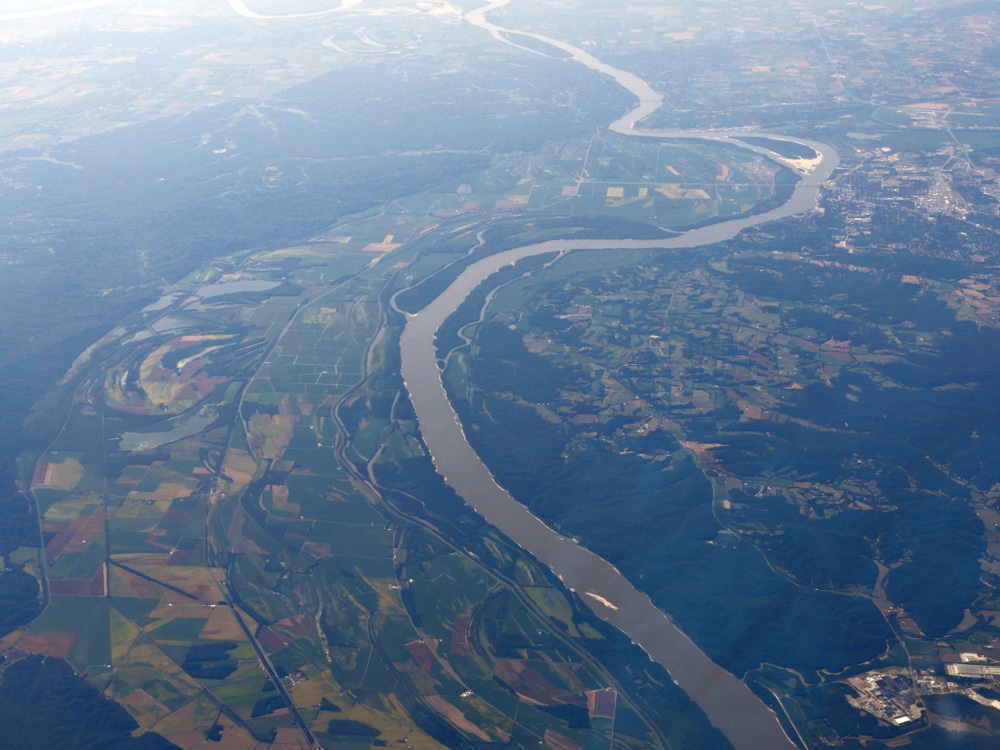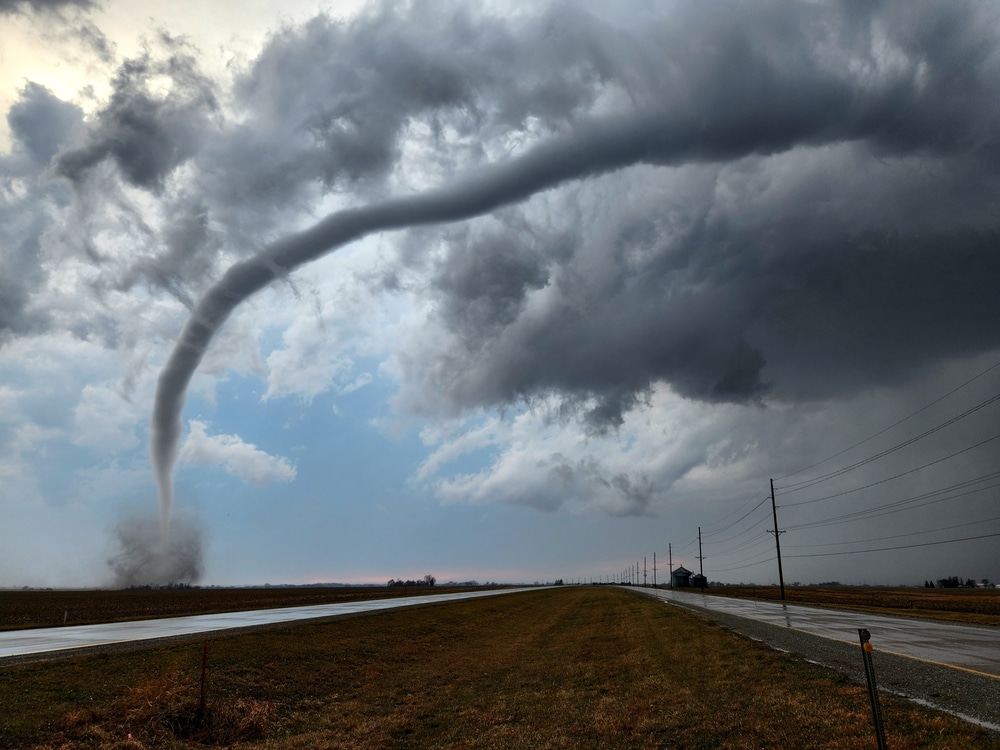Before and after satellite images show shocking changes in the Mississippi River as it disappears amid high temperatures and drought.
The images posted by the NASA Earth Observatory show an area of the river near Memphis, Tennessee, from above, on September 10, 2021, compared with the same view on September 16, 2023.
In the 2023 image, the river appears significantly smaller and thinner in water flow. The river’s bottom is far more exposed than the picture captured in 2021.
The Mississippi River has been drying up due to prolonged drought and high temperatures during the summer and autumn of 2023. The water levels dropped so low last month that it limited barge shipments downriver, halting supplies of drinking water for areas of Louisiana.
The Mississippi River is the second largest river in the United States, behind the Missouri River. It provides drinking water to around 20 million people, but as water levels continue to decline, that essential source could be at risk.
In fact, the river’s water levels are some of the lowest seen in a decade. At the moment, water levels are particularly low in Memphis, Tennessee.
On September 26, the river gauge level was at -10.26 feet, close to the record low level, -10.81 feet, which was recorded in October 2022, the NASA Earth Observatory reported.
In New Madrid, Missouri, the water gauge level was recorded at -5 feet in early September. This is near the minimum possible operating level. While it is expected that the river’s flow fluctuates, it has never seen such low levels before.
These levels are some of the lowest seen since records by the National Weather Service began in 1954. “Around 1/3 of rainfall in the U.S. ends up in the Mississippi River, and with decreased rainfall in the Midwest, there is less water entering the river to begin with,”
Alexander Loucopoulos, partner at Sciens Water and chair of the Mississippi River Cities and Towns Initiative (MRCTI)’s Corporate Advisory Board, previously told Newsweek. A healthy Mississippi River is crucial to Americans. The river provides drinking water to around 20 million people, which is around 16 percent of the U.S. population.


















